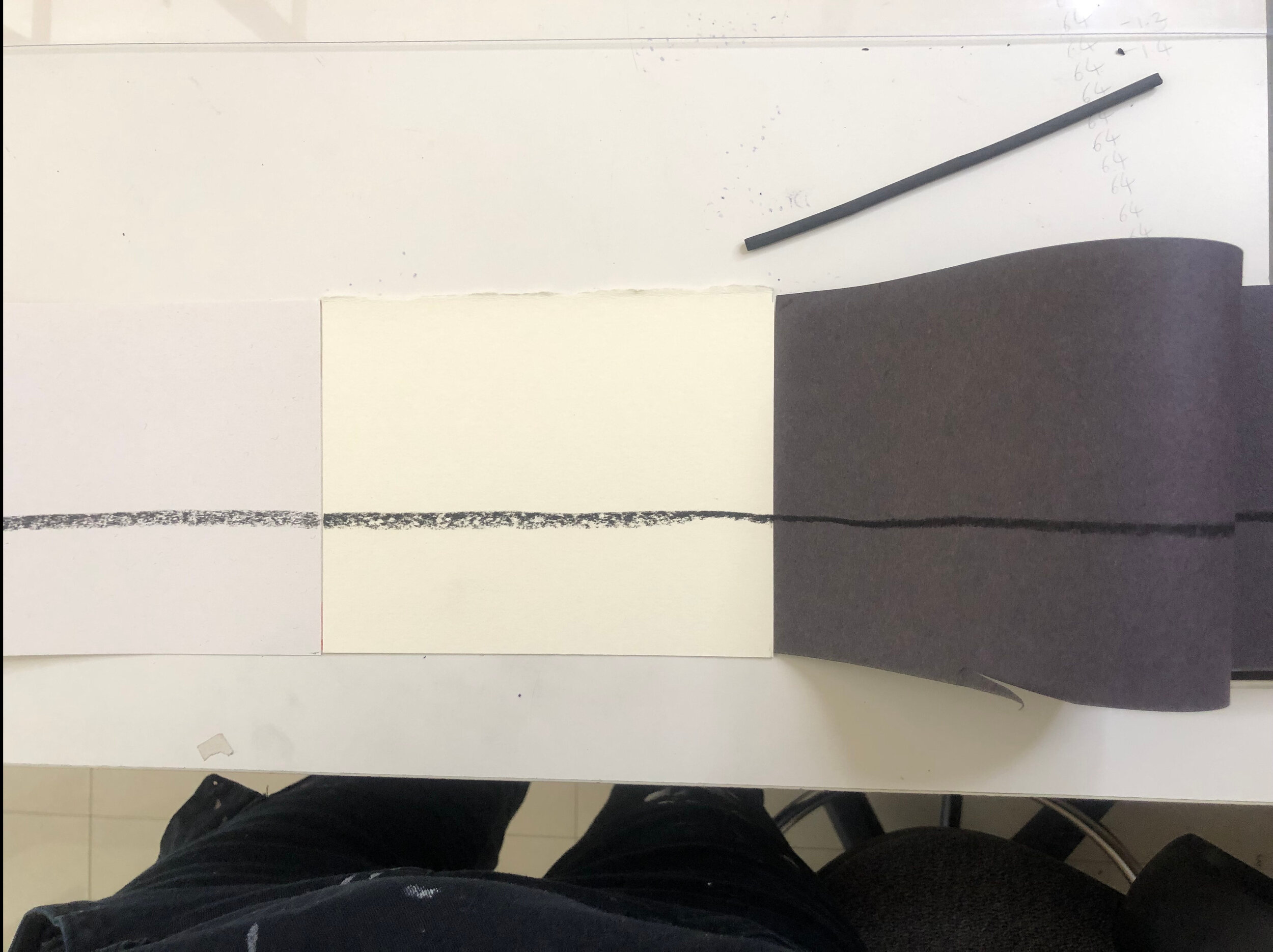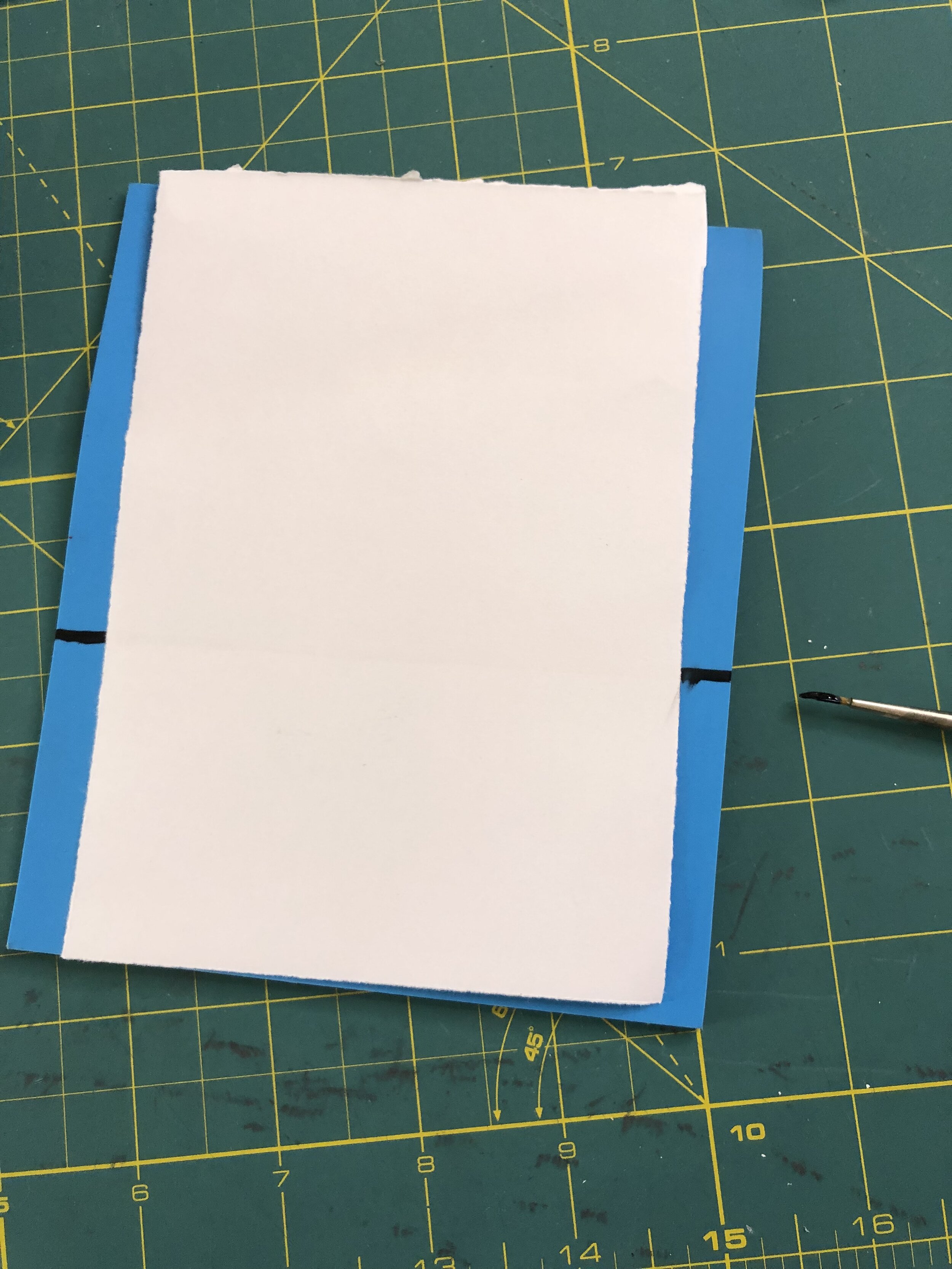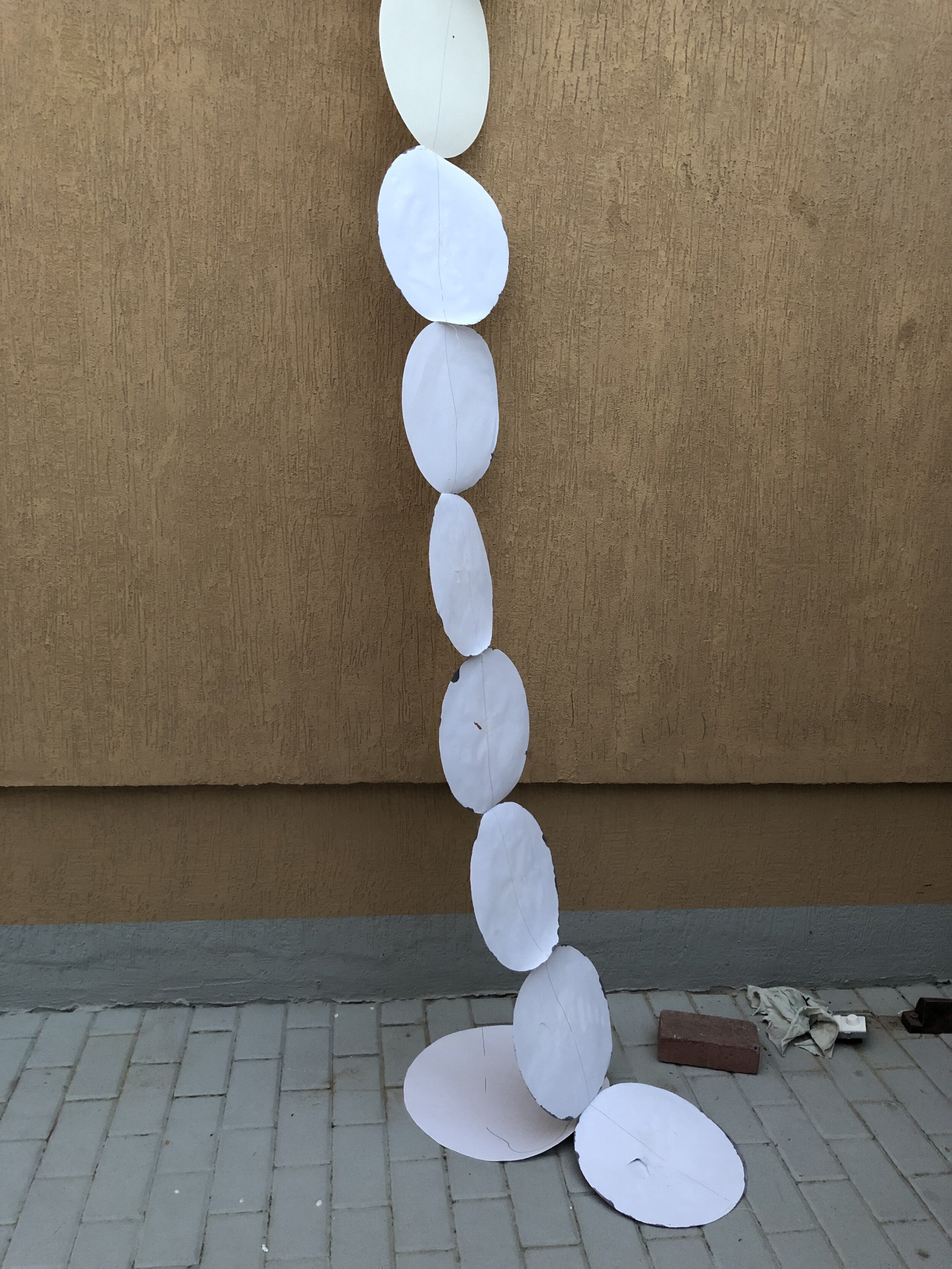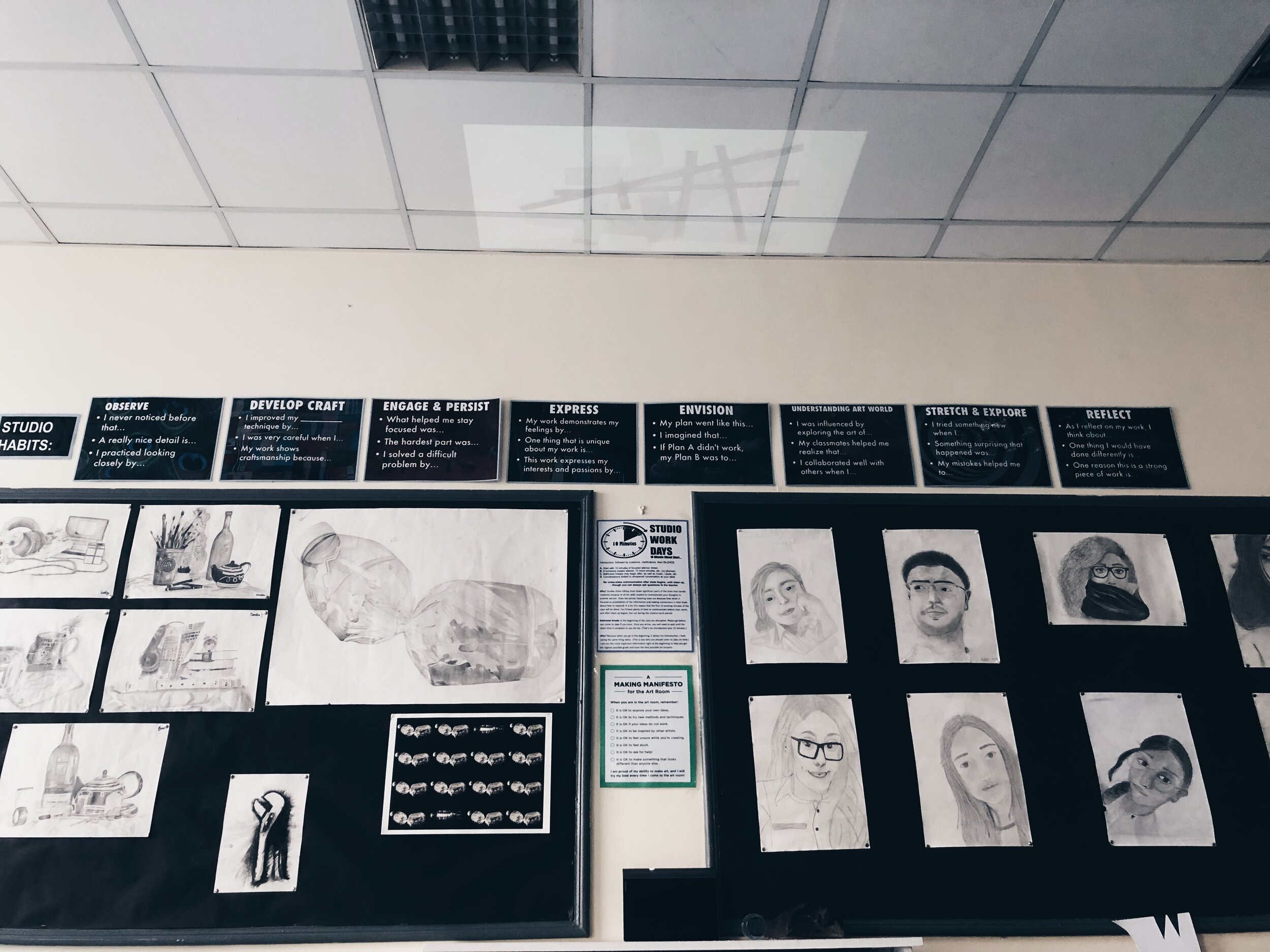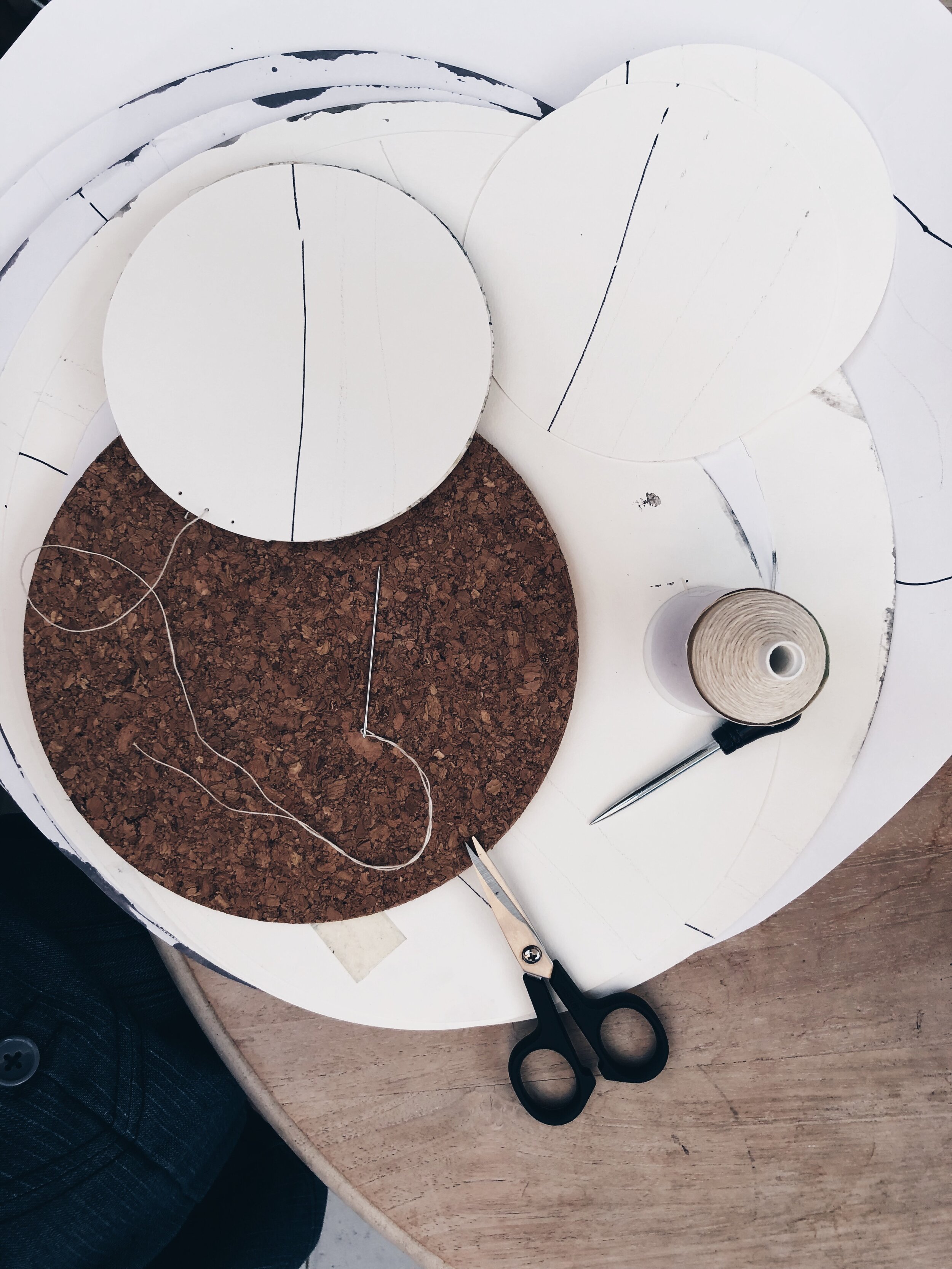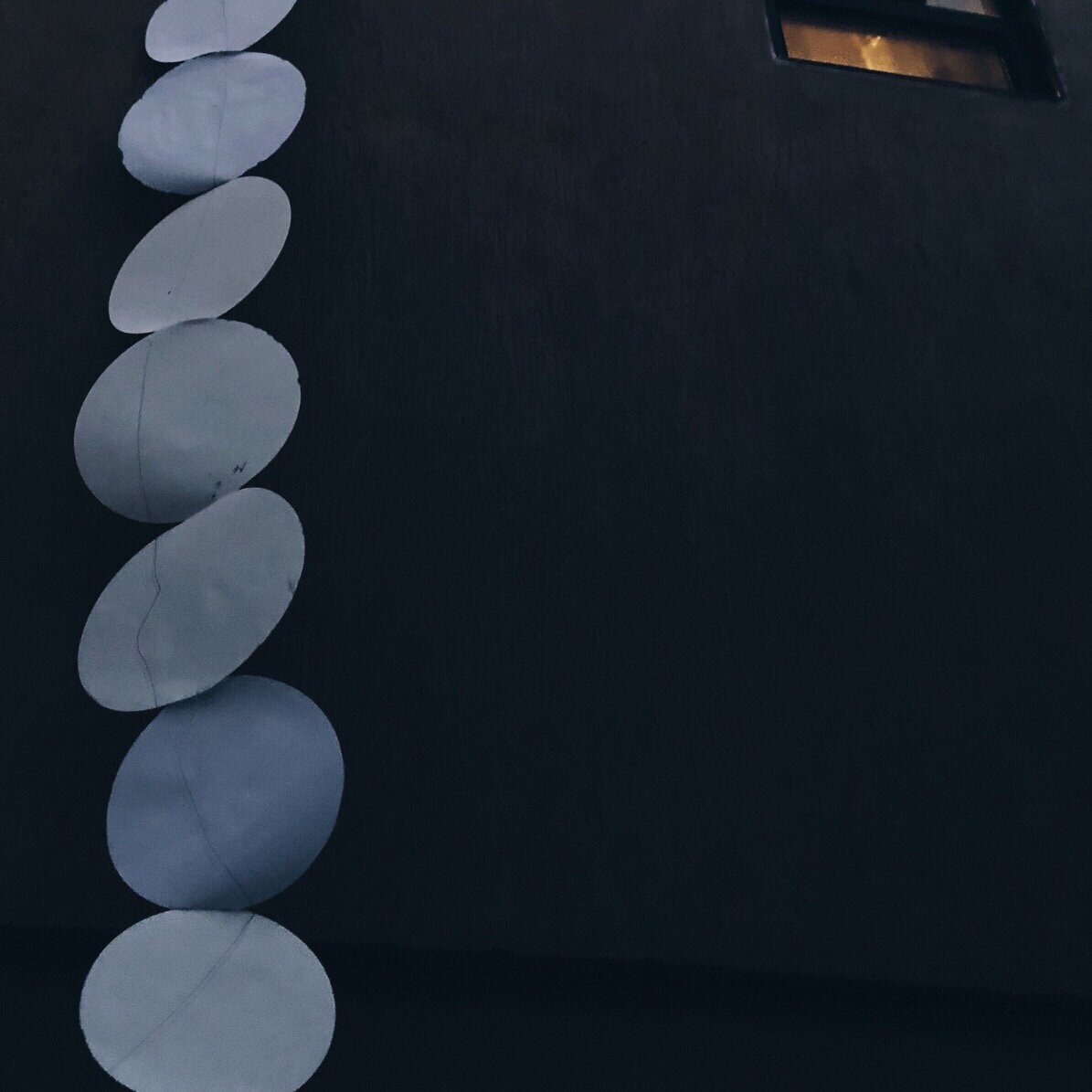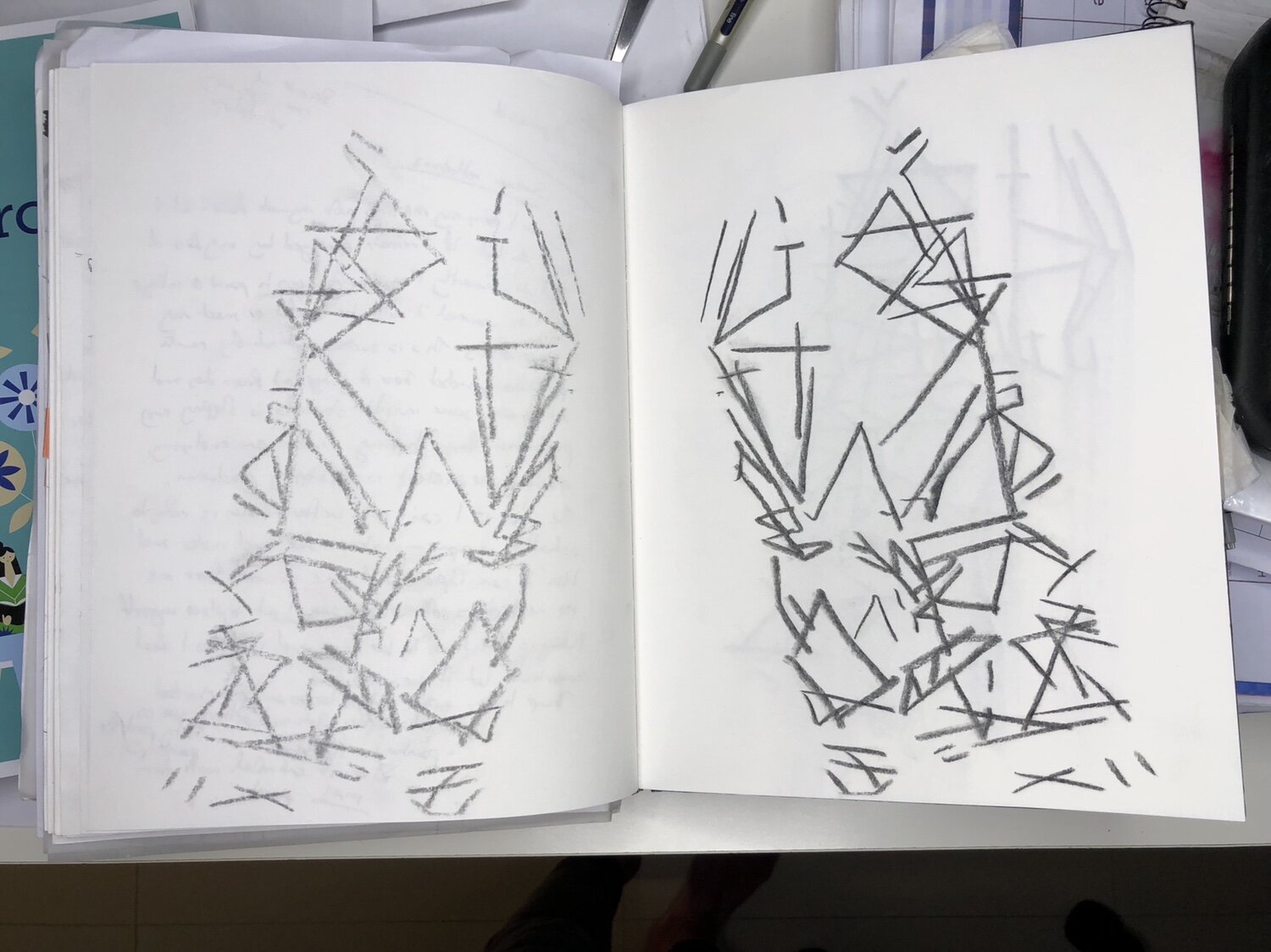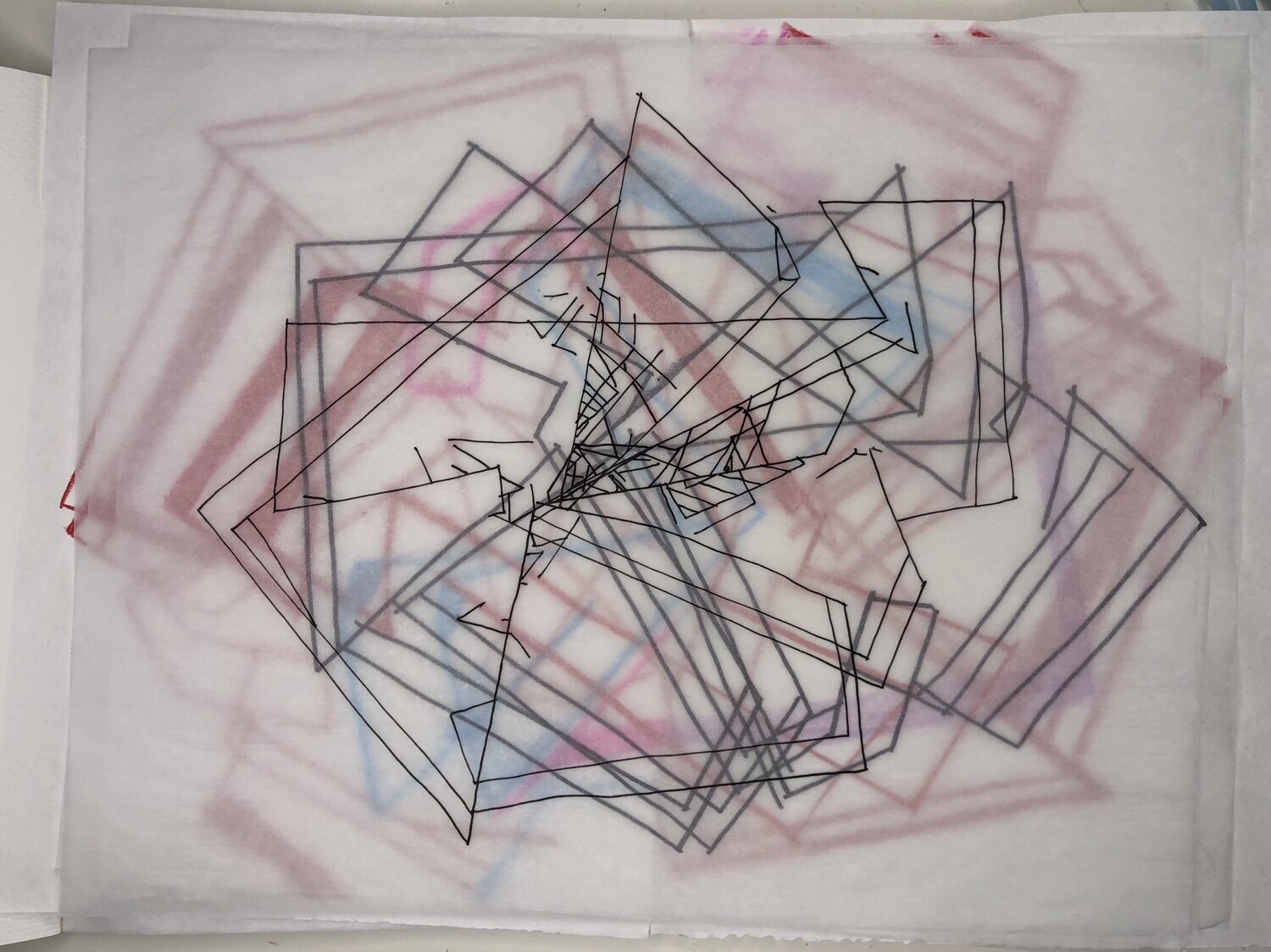Thursday's are the end of the working week in the UAE, it's a quiet day at work. I utilised the time to make use of the photographic studio at work. Precariously transporting all of my tiles to the studio in plastic tubs, shrouded in tissue and bubble wrap, slowing my SUV down over bumps to preserve my precious load.
I considered the state of the works and the black paper background so begain shooting the 'clean' works first, starting with the books.
My leporello books have been hoarded in plastic folders since the end of MA2, their only outing since their conception was the photo session on my living room floor for submission. I felt sorry for their neglected forms; their conjoined pages sleeping peacefully on top of each other or perhaps uncomfortable at the proximity and lack of breathing space, at least if they could breath that is.
Towering in a perilous pile,
teetering on the verge of collapse
I watch you
and pray
for one more moment
just a minute more of time
to admire your form
the innate elegance
of your form
stacked
displaying all your components
subtle foibles
I snap away
capturing this moment infinity
until you tumble down
All of the Books - Stacked
Restricted Books
Leporello Books - unrestricted I
Leporello Books - unrestricted II
Leporello Books - detail
I splay you open
unceremoniously
you tumble on top of each other
looking for support you cannot give
As your insides slump to the ground
Your mass is sumptuous
A fibre, graphite and tape assemblage
Soap Faux Book I
Soap Faux Book II
Soap - Stacked
disappointingly only a few piece of soap tile, although their modesty allowed for opportunity. A faux book form as created, a consideration to display, to binding, and construction. how would this function, book of soap? How would it be held together, how long would it last. could the pages be turned, and if they could what or who's story would be told?
Wax -Stacked I
Wax - Stacked II
Wax and Plaster - Stacked I
Wax and Plaster - Stacked II
Wax and Plaster - Stacked III
Plaster - Stacked II
Plaster - Stacked I
Then I stack my wax tiles. These precious morsels of carbon and paraffin, flammable, meltable, solid yet fragile. Tiles of wax impregnated with drawing materials, monoprint combinations of hot liquid and cold pulverulence.
Automatically they take on a taxonomy of tone, the weight of the black pigment heavy at the bottom. This needs to be reset, a second session of differing taxonomies, of weight distribution, of material contrasts.
The light glimmers through their luminous forms, dissipating as the pigment consumes it lower down.
Steadily the plaster tiles of small form are placed neatly in their monolithic form, rising up to greet the wax stronghold, but missing the pinnacle.
Their codification is the antithesis of the wax, they lack luminosity, they are dense in their opacity, they are brittle in their fragility and smooth and powdery in their texture.
Wax and Plaster - Stacked IV
The large tiles complete the line up, their absorbing facades are hidden by each other, one lucky subject is exposed for admiration. How does it read to know there is the possibility of more faces to be seen, hidden in a mass of tiles. Multiples defined by the single that is credited with the dominant allocation.
Plaster - Stacked Precariously I
Plaster - Stacked Precariously II
To contrast the classifications and grouping of the previous displays, These large tiles are given an opportunity to communicate. Piled high with a twist, exposing corners and edges that were previously unseen in the towers before. Dialogue ensues between the jostling of placements, the fighting for attention and consideration.
Tiles - Stacked Taxonomies I
Tiles - Stacked Taxonomies II
Tiles - Stacked Taxonomies III
Finally the small tiles are arranged in aesthetics forms, with similar treatments grouped together in camaraderie. A bland a none taxing for of display. No mystery here, purely techniques that may or may not be deemed successful.



















